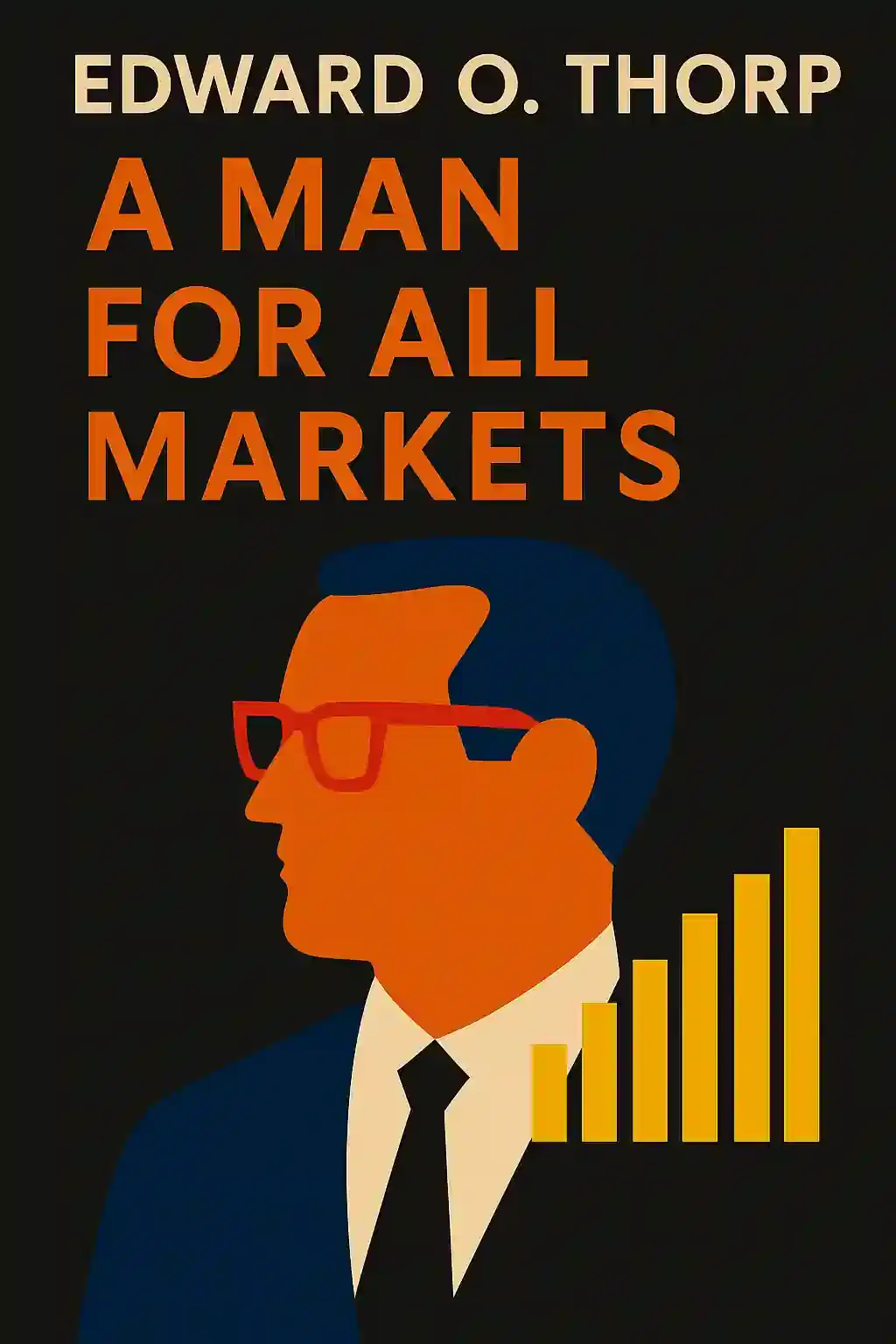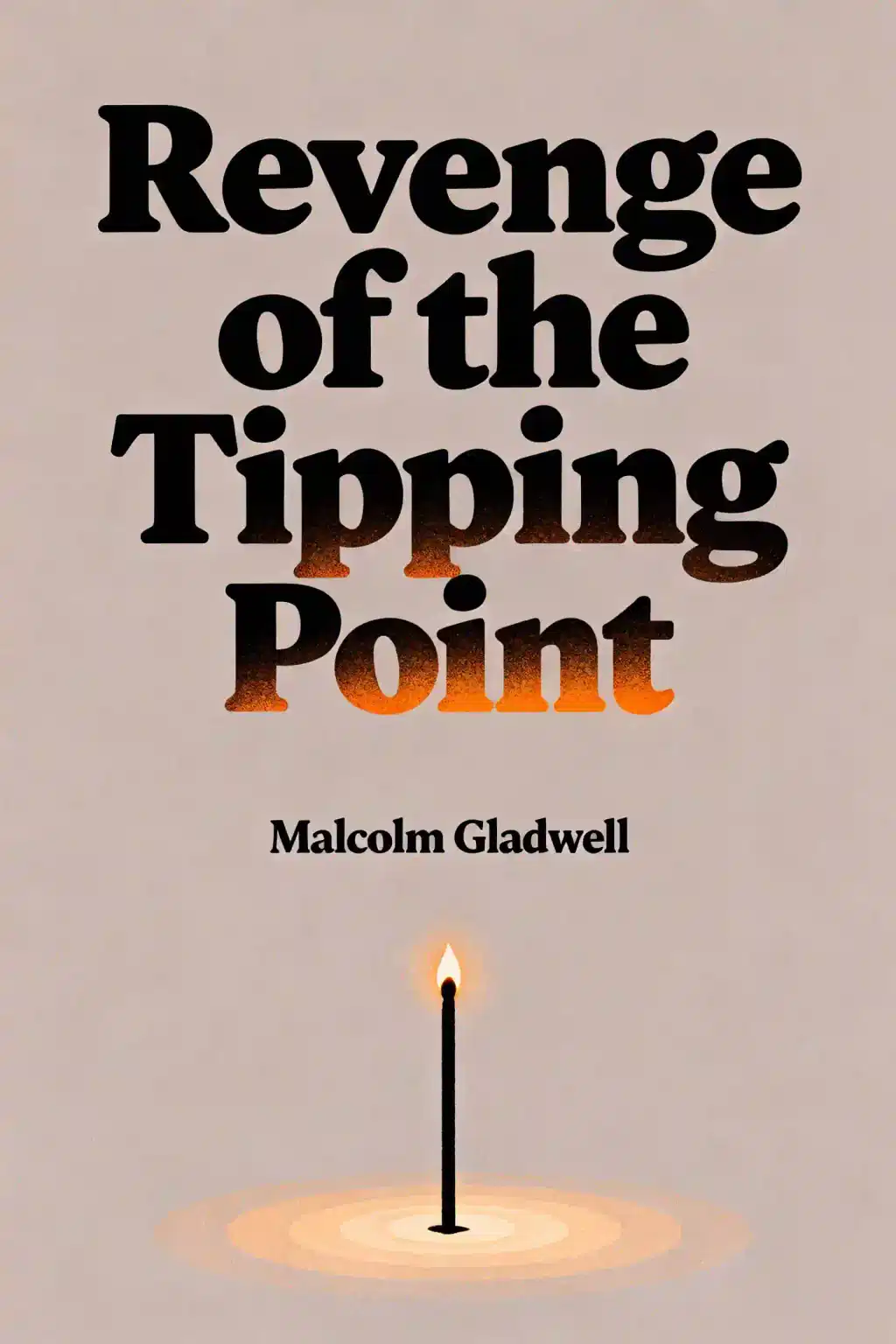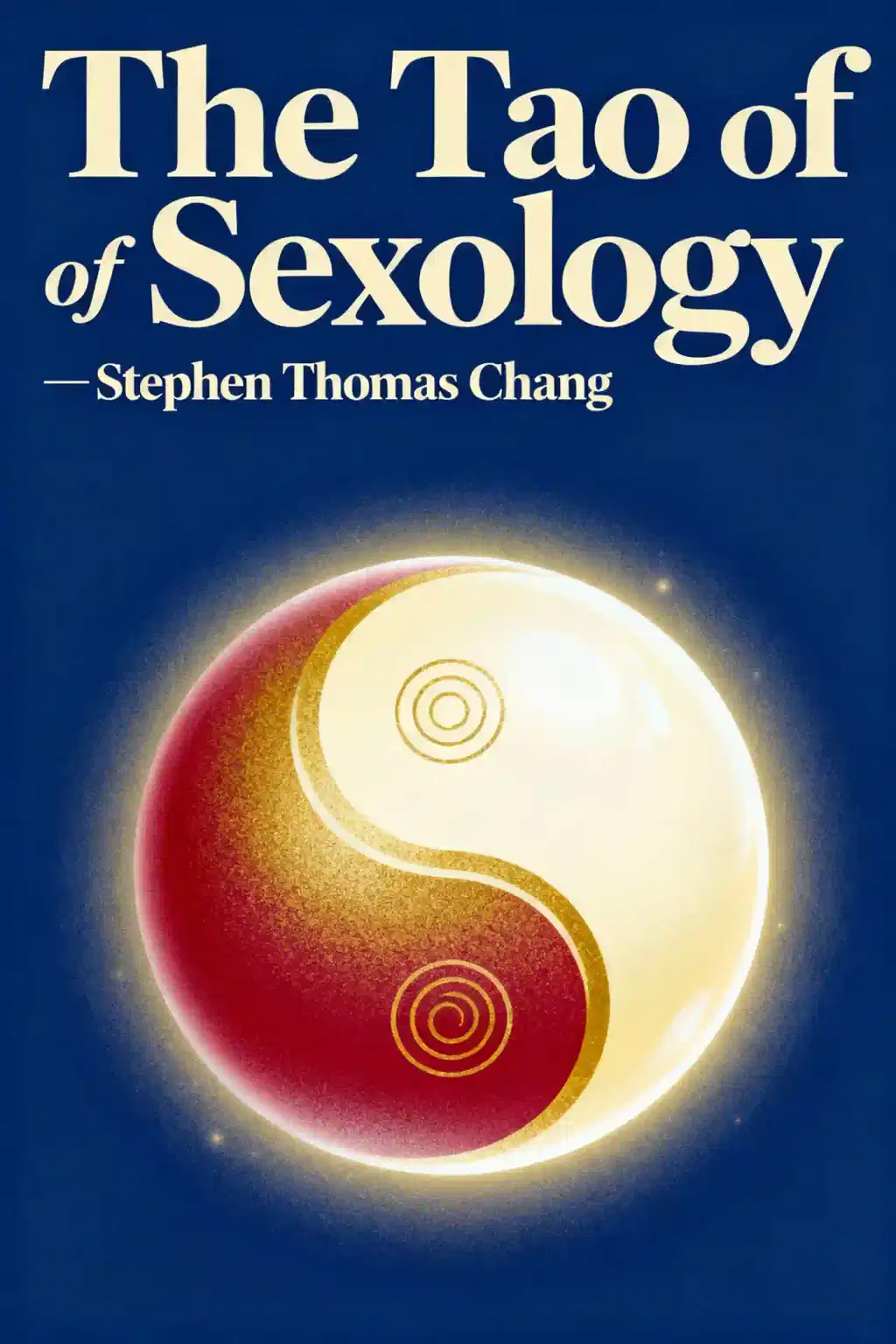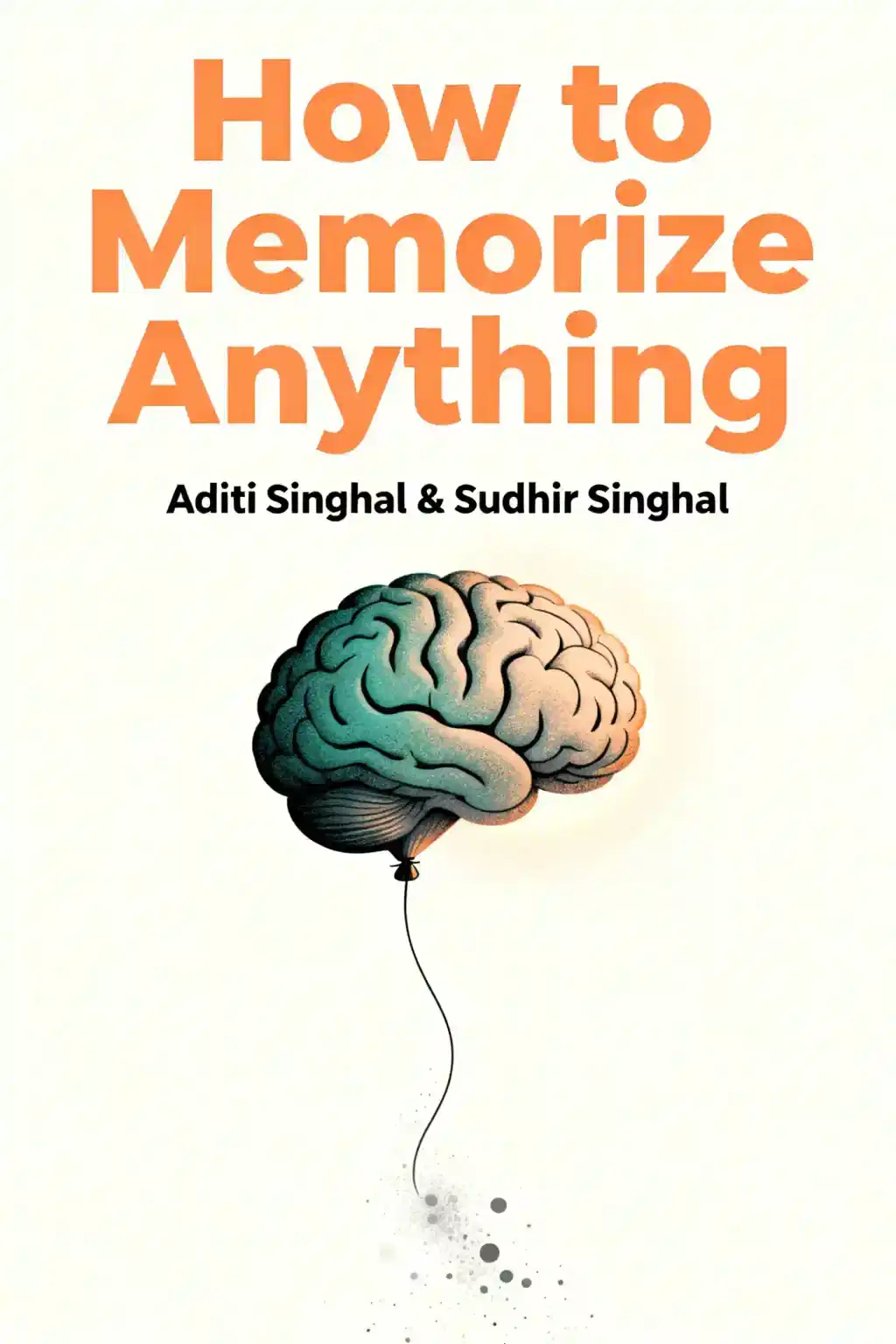What is
A Man for All Markets by Edward O. Thorp about?
A Man for All Markets chronicles Edward O. Thorp’s journey from mathematician to blackjack innovator and quantitative finance pioneer. It details his breakthroughs in card counting, wearable computing with Claude Shannon, and applying mathematical models to Wall Street, challenging casinos and markets alike. The book blends autobiography with insights on risk management, behavioral economics, and rational decision-making.
Who should read
A Man for All Markets?
Investors, math enthusiasts, and gamblers will find value in Thorp’s strategies for beating casinos and financial markets. It’s also ideal for self-improvement readers seeking lessons on critical thinking, persistence, and navigating uncertainty. The book’s mix of storytelling and practical finance advice appeals to fans of biographies like The Man Who Solved the Market.
Is
A Man for All Markets worth reading?
Yes—Thorp’s firsthand accounts of revolutionizing blackjack and quantitative finance offer timeless insights. Critics praise its engaging narrative and actionable wisdom, such as the Kelly Criterion for risk management. The Wall Street Journal highlights its lessons on market logic, making it essential for investors and problem-solvers.
What are the key concepts in
A Man for All Markets?
- Card counting: Tracking high/low cards to gain blackjack edges.
- Kelly Criterion: Optimal bet-sizing based on probabilistic advantages.
- Market inefficiencies: Exploiting psychological biases and statistical gaps in finance.
- Wearable computing: Early tech innovations to beat roulette.
What are the best quotes from
A Man for All Markets?
- “Life is a mixture of chance and choice”: Emphasizes strategic decision-making over random luck.
- “The greatest casino on Earth”: Compares Wall Street’s risks/rewards to gambling.
- “I learned how to think”: Underscores rational analysis as Thorp’s lifelong tool.
How does Edward Thorp view the Efficient Market Hypothesis (EMH)?
Thorp argues EMH is flawed, citing behavioral biases and quantifiable market inefficiencies. He demonstrates how statistical models, like those he used in blackjack, can outperform passive investing—aligning with Warren Buffett’s critiques of purely efficient markets.
What impact did
Beat the Dealer have on gambling?
Thorp’s Beat the Dealer popularized card counting, forcing casinos to alter rules (e.g., multi-deck shoes). It shifted blackjack from luck to skill, sparking a “war” between players and casinos. The book remains a foundational text for advantage gamblers.
What risk management strategies does Thorp recommend?
- Use the Kelly Criterion to balance growth and ruin risk.
- Avoid emotional decisions (greed/fear) through systematic analysis.
- Diversify investments and continuously reassess probabilistic edges.
What autobiographical lessons does Thorp share?
Thorp credits his success to curiosity, resilience, and intellectual independence. He overcame poverty, casino bans, and Wall Street skepticism by prioritizing evidence over convention. The book also stresses work-life balance, a rarity in finance memoirs.
How does
A Man for All Markets compare to other finance books?
Unlike theoretical texts, Thorp’s memoir combines quant strategies with real-world exploits—similar to The Quants but with firsthand accounts. It avoids jargon, making complex concepts like derivatives accessible to casual readers.
What criticisms exist about
A Man for All Markets?
Some readers find the personal finance section basic (e.g., 4% withdrawal rule), though it’s useful for newcomers. Others note Thorp’s success relied on rare intellect, limiting applicability for average investors.
Why is
A Man for All Markets relevant in 2025?
As AI and quant trading dominate finance, Thorp’s systematic approach to probabilistic thinking remains vital. The book’s warnings about market irrationality and tech-driven solutions resonate amid cryptocurrency volatility and algorithmic investing.
How did Thorp invent the first wearable computer?
With Claude Shannon, Thorp built a shoe-mounted device to predict roulette outcomes via timing and physics. This 1960s innovation laid groundwork for modern wearable tech and quant-driven problem-solving.
What advice does Thorp offer new investors?
- Avoid debt: Leverage amplifies risks.
- Think long-term: Compounding rewards patience.
- Question consensus: “Conventional wisdom” often masks inefficiencies.




















